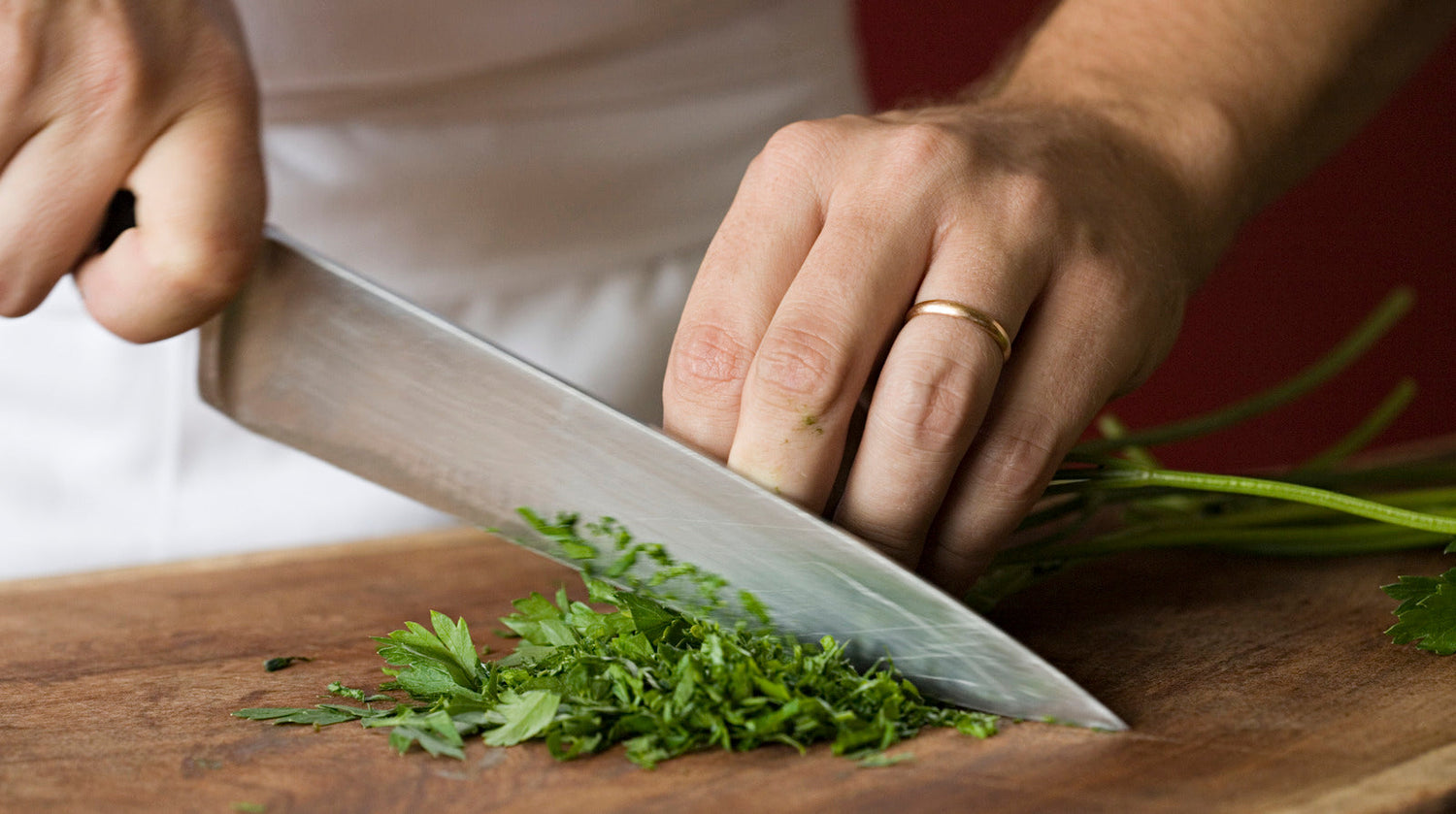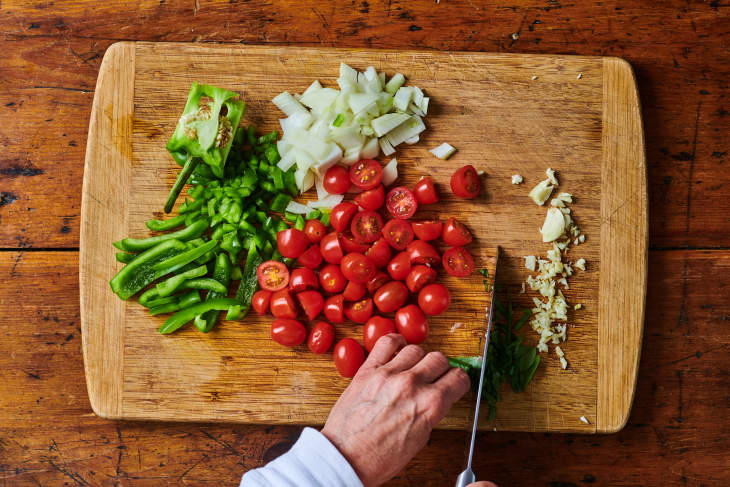Wooden cutting boards are a staple in professional kitchens worldwide, loved for their durability, knife-friendliness, and natural charm. However, their porous nature can make them a magnet for grease and oil stains, which sometimes feel impossible to remove. Whether you're a chef or a home cook, knowing how to get grease out of wooden cutting boards can significantly extend the lifespan and functionality of your board while ensuring hygienic food preparation.
This article will walk you through the practical steps to banish greasy stains and keep your cutting board looking and performing at its best.

Why Grease Harms Wooden Cutting Boards
Wood is porous. Its fibers absorb liquids, including grease, which can seep deep into the material. Not only does this leave unsightly stains, but it can also trap food odors and create an environment for bacterial buildup. For kitchen professionals, a greasy cutting board is more than an eyesoreits a sanitary concern and a potential hazard to cross-contamination.
Before diving into the solutions, it's important to understand that tackle greasy challenges promptly and correctly to avoid long-term damage to your wooden cutting surface. A good beginner's guide to why you should oil and care for your board can be found here.
Best Methods for Removing Grease from Wooden Cutting Boards
1. Immediate Action is Key
The moment you notice a grease spill, wipe it away with a paper towel or soft cloth. Immediate action reduces the chance of deep absorption into the wood.
2. Natural Degreasers: Baking Soda and Vinegar
Natural solutions can effectively remove grease without harming the wood. Heres how:
- Baking Soda: Sprinkle a generous amount of baking soda onto the greasy area. Add a small amount of water to form a paste. Scrub gently with a sponge following the grain of the wood. Rinse and wipe dry immediately.
- Vinegar Solution: Combine equal parts white vinegar and water. Wipe the greasy area with a damp cloth soaked in this solution. Follow up with a rinse and pat dry with a towel. For more details on vinegar cleaning techniques, check out this guide.
3. Hot Water and Dish Soap
Use a few drops of grease-cutting dish soap mixed with hot water. With a soft sponge, scrub the greasy area in circular motions. Rinse thoroughly with warm water, and dry immediately to prevent warping. If you'd like to learn about caring for maple cutting boards, reference this article.
4. Apply Salt and Lemon
Not only effective for grease removal, but this method also deodorizes your board. Sprinkle coarse salt over the stain, then scrub it with half a lemon (cut side down). Apply some pressure to work the solution into the wood. Let it sit for a few minutes before rinsing and drying.
Preventing Grease Stains in the Future
Prevention is always better than cure. To avoid grease from penetrating your wood cutting board, follow these steps:
1. Regular Oil Maintenance
Oil your board with food-safe mineral oil regularly to create a protective barrier. Oiling also keeps the wood hydrated, reducing its absorbency. Check this detailed guide on the importance of oiling wooden boards.
2. Use Separate Boards for Greasy Foods
Consider reserving one board for cutting greasy meats or oils and another for vegetables and dry ingredients.
3. Avoid Prolonged Contact
Do not let greasy or oily food sit on the wooden cutting board for extended periods. Cleaning the grease immediately after use can save you the trouble of deep cleaning later.
FAQs
1. Can I use bleach to clean a greasy wooden cutting board?
Its not recommended. Bleach can dry out the wood, leading to cracks over time. Stick to natural cleaning solutions like vinegar or specialty cleaners.
2. How often should I oil my wooden cutting board?
Oiling your board once a month will keep it in optimum condition. However, if you use it often and clean it thoroughly, increasing the frequency to every two weeks is beneficial.
3. Can I put my wooden cutting board in the dishwasher?
Absolutely not! The intense heat and prolonged moisture can cause warping, cracking, and deterioration of the wood's integrity. Always hand wash your wooden cutting boards.
For even more insights into cutting board care and its importance in food hygiene, dont miss this article on cutting board hygiene.

Conclusion
Knowing how to get grease out of wooden cutting boards is essential for any kitchen professional. With immediate action, natural solutions, and consistent care, you can keep your cutting board looking pristine and hygienic. Never underestimate the significance of routine maintenance, as it prolongs the life of your board and supports safe food practices.
Whether youre cooking for a family or running a bustling restaurant kitchen, these tips are your roadmap to a grease-free and well-maintained wooden cutting board!
This article contains affiliate links. We may earn a commission at no extra cost to you.






Leave a comment
This site is protected by hCaptcha and the hCaptcha Privacy Policy and Terms of Service apply.